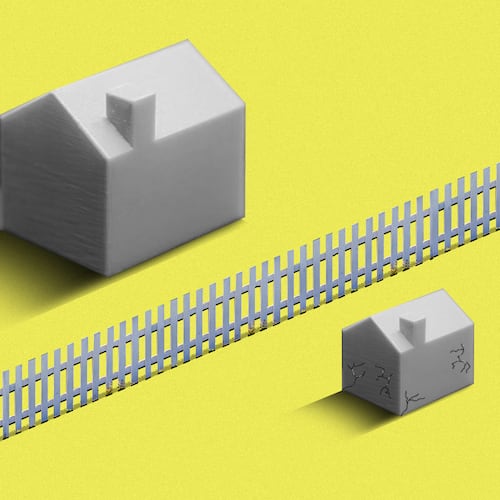Recently, I was going through some storage boxes containing old papers and documents left behind by my mother, who passed away a few years ago. I came across a bundle of letters that were tied together by a strip of ribbon.
As you might expect, the envelopes were old and worn, and the low price of the stamps on them sent a shock wave through me as I thought about the price we pay for stamps to mail a first-class letter today. Nevertheless, the content of those letters drew my curiosity, so I sat down and decided to read a few of them.
As I read, I began meeting people I had only heard about in my family. I saw the relationship my mother had with a few of her friends and members of her family who had moved to other places. They asked her to come to Chattanooga or to travel to Florida if she could. They spoke of new jobs, a new hat, a new beau and the birth of a new baby. Some were sad and angry, and some were happy and filled with funny anecdotes. I was lost in another world.
It struck me then and there that the current generation has become so caught up in this advanced wave of technology that we are losing something precious. We have lost the art of letter writing.
I taught writing courses for many years at a liberal arts college in Georgia, and I had students who told me that they had never even written a personal letter and mailed it off to someone in another city, state, or even a country far away. They don’t wait for a letter from a friend or relative because they have not sent off a letter of their own.
Even my students who had family or friends stationed in Iraq or Afghanistan or somewhere else in the military were far more comfortable with an e-mail transmission or a cell phone call than they were with a few pages of writing in a personal letter. This is a sad truth.
If we do not take steps to recapture the art of letter writing, I fear we will be doing a great disservice to the present and future generations. Many of our greatest writers have themselves been masters of personal letters. I read with great joy and gratitude the wonderful letter that Harper Lee sent to Oprah Winfrey that was dated May 7, 2006, and published in the July 2006 issue of Oprah magazine.
In the past I have read such letters as those written by Flannery O’Connor to a friend of hers rejoicing in the publication of one of her works and the possibility of purchasing a new refrigerator for her mother. Ernest Hemingway, F. Scott Fitzgerald, Alice Walker, Mark Twain and a long list of others wrote wonderful personal letters that are cherished and studied by others today.
We see and know another side of these writers, not just by their works, but by these letters that they wrote to friends and colleagues. We must impart this same joy to the current and future generations if the art of handwritten letters is to survive and not give way to technology.
There are those who would argue that the use of digital cameras, electronic recording devices, compact disc videos and instant text messaging all make “snail” mail obsolete, but let us compare them. Yes, it is wonderful to be able to see the person’s image on a large or small screen and hear the person’s actual voice.
However, these devices are usually dependent on an energy source such as an electrical outlet or a battery. Unlike these devices, the personal letter is uncomplicated and more satisfying in some unexpected ways. These letters are a comfort to the person who is far away from home or is traveling by bus or plane. The weary traveler can pull out a letter during the journey or after he reaches his destination and read once more the comforting words and lines of the letter.
There is something special about knowing that one is reading the words and thoughts in the sender’s own handwriting and touching the very paper the writer selected for the sender. These truths sink in and give the letter a more intimate and personal contact that can never be achieved across the distance of a remote video and recording.
Who can forget the images of the past when a female added just a touch of her favorite perfume to scent a letter mailed off to her beau? The tactile quality of the letter reaches the reader in a way that an electronic device can never achieve.
Only a letter with its lines, smudges, and creases from being folded and refolded across the years can be this personal and transportable without need of an energy source other than a person’s hands.
I intend to challenge more and more of my students to become letter writers for themselves and those who will come after them. We all must encourage the present and future generations to start treasuring letter writing now, for if we do not, this precious treasure will be lost forever.
Jacqueline E. Willis of Griffin is a retired professor of English at Georgia Southwestern State University.
About the Author
Keep Reading
The Latest
Featured

